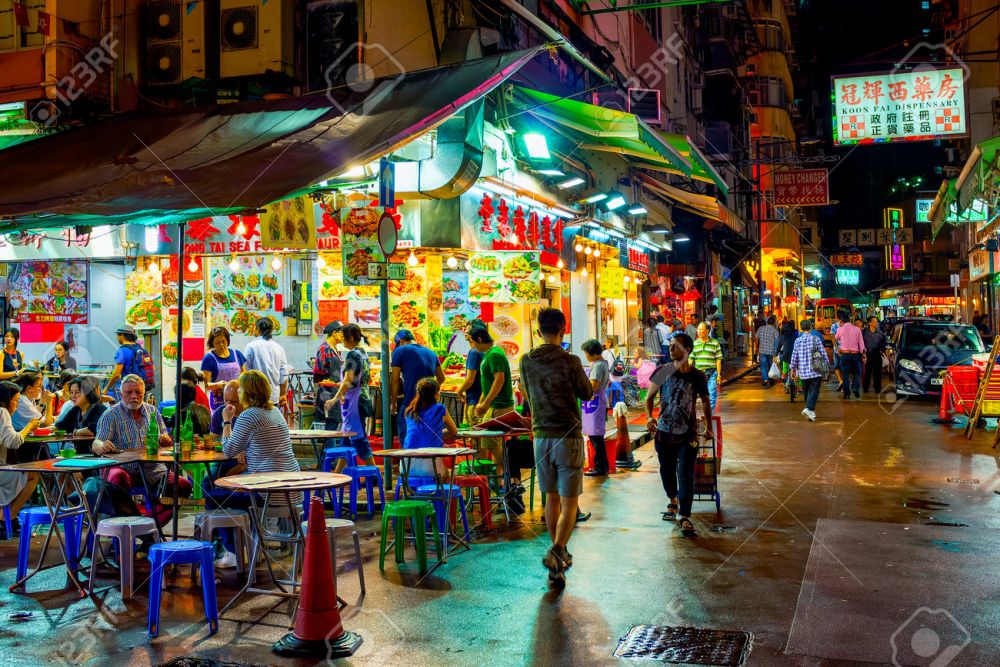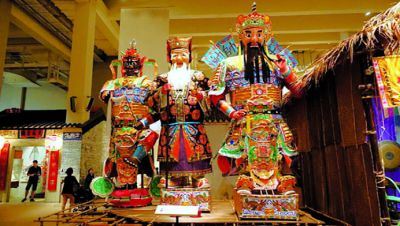Temple Street Night Market, Hong Kong, China
History of Tourism at Temple Street Night Market
Temple Street Night Market is one of the most famous street markets in Hong Kong, known for its bustling atmosphere, array of goods, and local food stalls. The market has been a staple aspect of the Yau Ma Tei area, often referred to as Men's Street. It got its name from the Tin Hau temple located in the center of its main drag, which has been there since the 1920s. Historically, the temple has been a gathering spot for the local community and is considered the heart of the night market.
Tourism at Temple Street began to surge in the late 20th century when Hong Kongs' economy saw rapid growth and the city became a global hub for trade and travel. Travelers from around the world started flocking to the market to experience its unique culture and vibrant street life. It gained international fame for its night market scene, which showcases an authentic side of Hong Kong life and has been featured in many movies and travel shows.
Latest Tourism Trends
In recent years, contemporary trends reflect a shift in Temple Street Night Market's appeal. Tourists and locals alike are drawn to its combination of traditional culture and modern shopping experience. With the rise of social media, the night market has become a hotspot for travelers looking to capture the colorful stalls, street performances, and food vendors that provide a backdrop for vibrant nightlife photography.
Sustainability and responsible tourism are becoming increasingly vital for travelers. As a reaction, the market has seen a growing number of vendors offering eco-friendly products and souvenirs that cater to this trend. Virtual tourism also emerged due to travel restrictions, with various platforms offering digital tours of Temple Street Night Market to those who cannot visit in person, which maintains its presence on the global tourism stage.
The market has also embraced technological advancements. Mobile payments and online promotions are on the rise, appealing to a tech-savvy audience and providing convenience for visitors. Street food vendors and market stalls increasingly leverage social media to showcase their offerings, which resonates with the growing food tourism trend.













